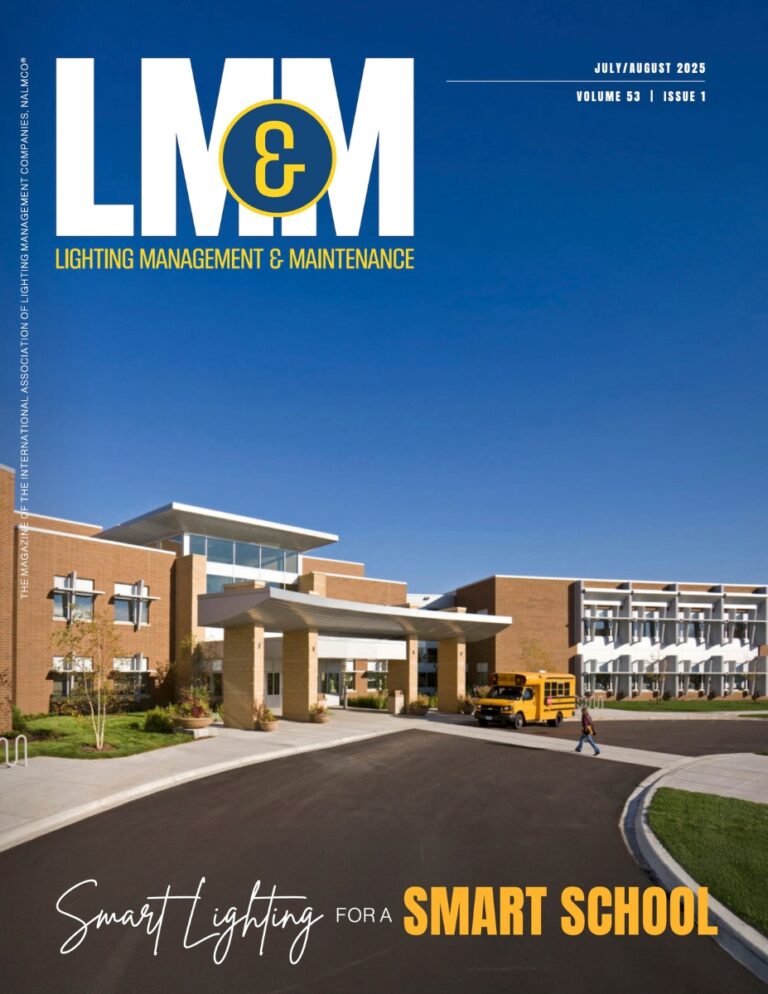Traditionally, lighting design in buildings has focused primarily on visual performance. However, an often-overlooked aspect is how lighting can synchronize our internal biological clocks with the external light-dark cycle. This alignment is crucial for maintaining consistent sleep patterns and overall health. Disruption in this synchrony can lead to poor sleep, reduced daytime performance, and long-term health issues.
Scientific research underscores the benefits of circadian lighting—lighting that is timed, intense, and spectrally designed to match natural sunrise and sunset. Despite this evidence, many commercial buildings still follow outdated energy codes and visual performance guidelines, leaving the potential health benefits of circadian lighting untapped.
To address this, the National Academies is hosting a Health in Buildings Roundtable on 20 August, an interactive virtual session aimed at discussing and overcoming barriers to implementing circadian-effective lighting in commercial spaces. The session will feature discussions with manufacturers, building owners, academic experts, and certification system managers. Key topics will include:
– The scientific basis for how lighting affects sleep
– The critical role of light reaching the eyes
– Challenges and solutions for adopting circadian lighting
Join and explore how to incorporate circadian principles into lighting design, hear from various stakeholders, and work together to develop actionable steps for broader implementation. This is an opportunity to advance lighting practices that not only improve visual performance but also enhance health and well-being.





